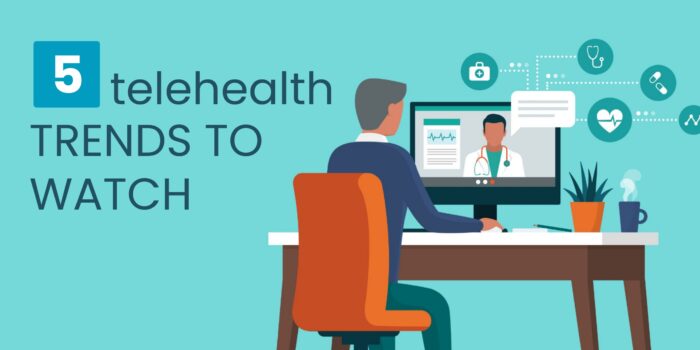02 Dec How To Encourage Employees to Use Telehealth Services

The COVID-19 pandemic has proven just how convenient telehealth services can be.
According to a survey from FAIR Health, there was a 4,347% increase nationally in telehealth utilization from March 2019 to March 2020. In addition, many providers and hospitals are encouraging patients to utilize telehealth services instead of coming to the office or hospital for non-life-threatening care.
07 Aug 2021 Benefits Planning and COVID-19
 As the COVID-19 pandemic continues to wage on, its effects on benefits planning for next year are being felt—especially as open enrollment season approaches.
As the COVID-19 pandemic continues to wage on, its effects on benefits planning for next year are being felt—especially as open enrollment season approaches.
According to Mercer's Global Survey #5, 20% of employers surveyed said updating benefits programs to better meet employee needs was an HR area in which companies are seeing an increased need for support.
In addition to considering plan design changes, employers are having to evaluate and adjust their benefits packages for 2021. Some of the most common changes being made for the 2021 enrollment season are outlined in this article.
11 May Chronic Conditions and the COVID-19 Pandemic

The coronavirus (COVID-19) pandemic has affected many different aspects of daily life—including managing chronic conditions.
The combination of state and local governments ordering patients to stay home, providers postponing appointments and procedures, and employees choosing to stay at home instead of going to a doctor’s office has resulted in a significant decrease in health care utilization. In fact, according to a Harvard University study, outpatient services declined nearly 60% in mid-March and have remained low through mid-April. While the decreased health care utilization has allowed providers and facilities to prioritize COVID-19 treatments, it has increased the likelihood that patients aren’t effectively managing their chronic conditions.07 Apr Benefits Insight – Telemedicine
Telemedicine As technology has developed, so has people’s ability to overcome the traditional communication barriers of time and distance. The practice of telemedicine is a step forward in the health care industry to use telecommunication to bridge the gap of time, distance and affordability to reach patients in need of medical attention. What is Telemedicine? […]


 Employers that are interested in cutting their health care expenses are likely familiar with telehealth.
Employers that are interested in cutting their health care expenses are likely familiar with telehealth.